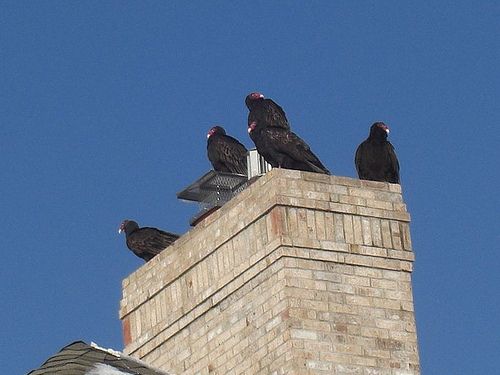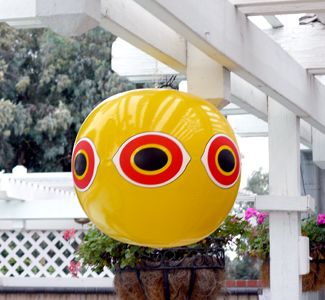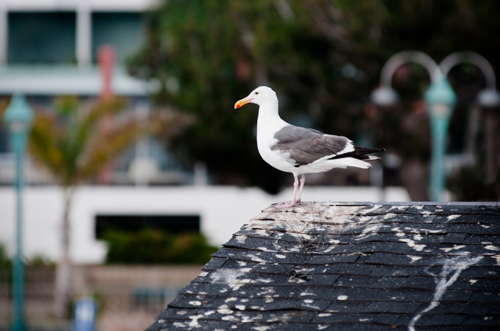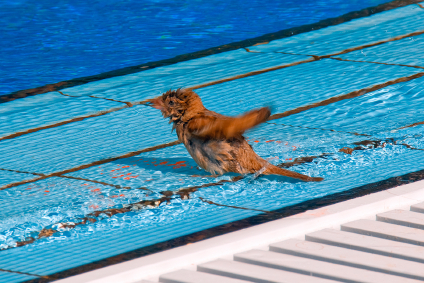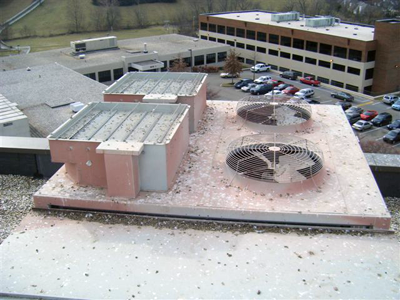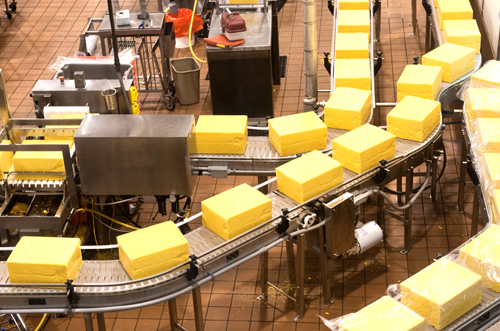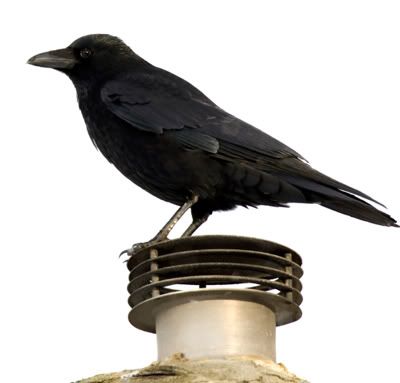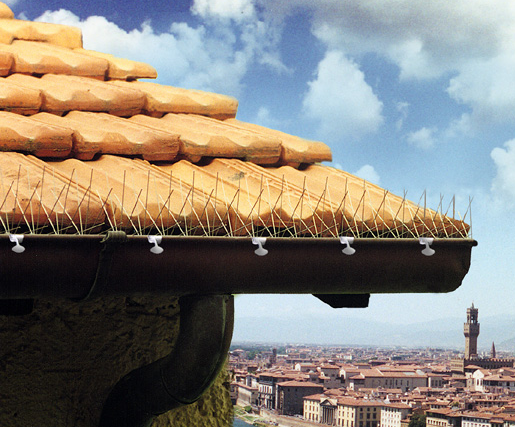
‘Tis the rainy season. And that means water on your roof will have to go somewhere. Hopefully, it’s quickly guided off your roof and into rain gutters. But if your rain gutters are clogged by bird nests, feathers and other bird debris, you’ll have problems. Rainwater will back up in your gutters and seep under your roofing tiles. If that happens, it could create a roof leak and costly roofing repair bills—the last thing you need right now.
Without proper bird control, your rain gutters and ultimately your roof will be at the mercy of pest birds. It doesn’t matter if you have a wood, tile, metal or asphalt shingle roof. Fail to install effective bird deterrents in your rain gutters and you could have water going in all sorts of unwanted places when it rains. What to do? First off, if your rain gutters are already clogged by bird nests, clear them out (unless, of course, the nests belong to a protected species of birds, in which case, you’ll have to wait till all the eggs have hatched and the little ones have left). Next, install some professional and humane bird deterrents to keep birds out of your rain gutters. Here are two bird deterrents that bird control experts use:Stainless Steel Gutter Bird SpikesRecommended by the pros to keep pest birds out of your rain gutters, Stainless Steel Gutter Bird Spikes have been widely used by homeowners. These anti-perching, anti-roosting spiked strips simply won’t allow even large birds (like crows and gulls) to land on your gutters or drains. Gutter spikes come in 2-foot long sections, are 4 inches wide, and sold in two quantities--6 feet and 50 feet. They are easy to install because each section is equipped with clamps along the base that attach directly to the lip of your gutter. The clamps are thumbscrew adjustable and will fit any size gutter. Once installed, the spikes are virtually invisible. The best gutter bird spikes will come with a 10-year guarantee. Sonic Bird DeterrentsMost birds will not nest in areas where they perceive danger. And since birds are acutely sensitive to sounds of predators, it only makes sense that any deterrent capable of generating distress and predator calls would keep birds away from your home. Sonic Bird Deterrents do just that. They broadcast a series of pre-recorded distress and predator calls that resemble a bird’s natural enemy (like hawks and falcons). If your rain gutter is attracting several bird species of birds, opt for the Bird Chase Super Sonic. It’s extremely versatile, as it can broadcast distress and predator calls for 22 different species of birds. It’s also fully programmable, so you can turn it on or off at night. And not to worry, the sounds emitted are natural bird sounds, so your pets and neighbors won’t be annoyed by this device.
